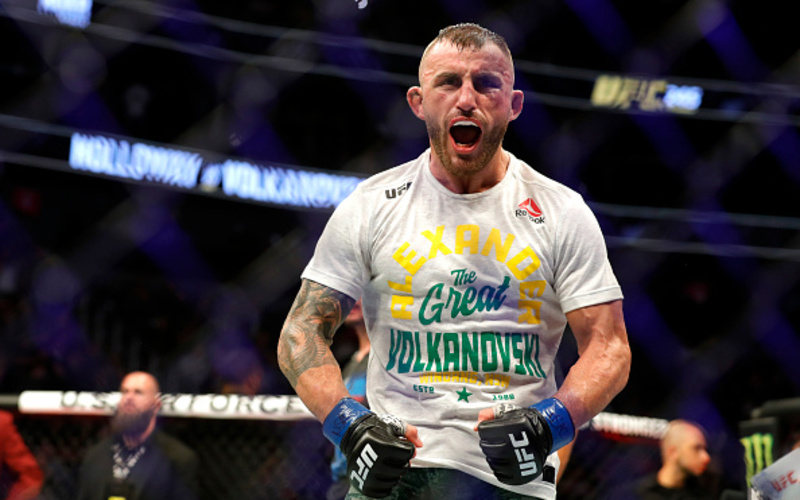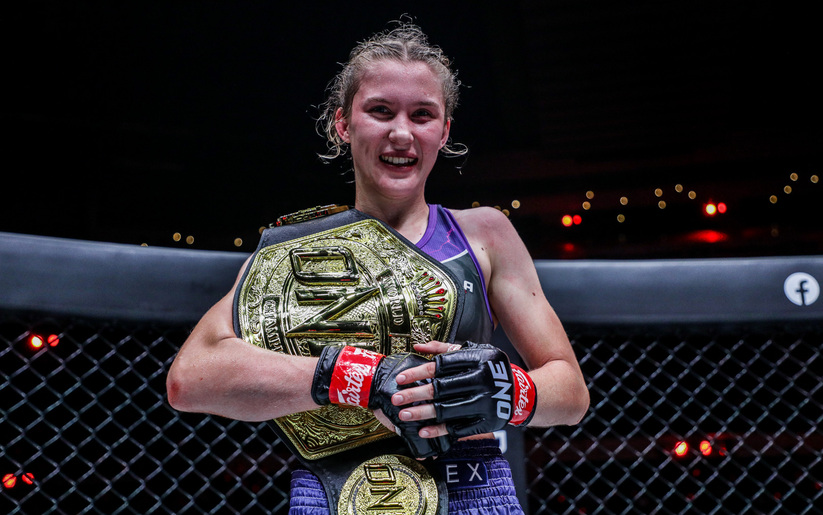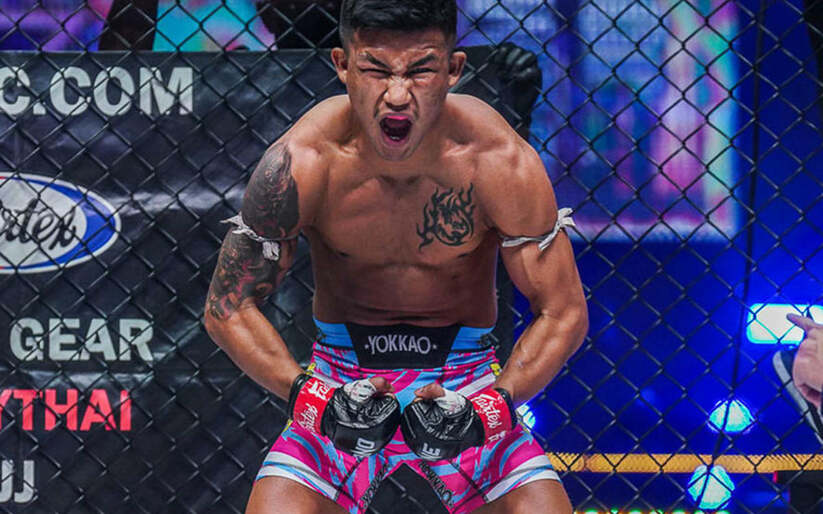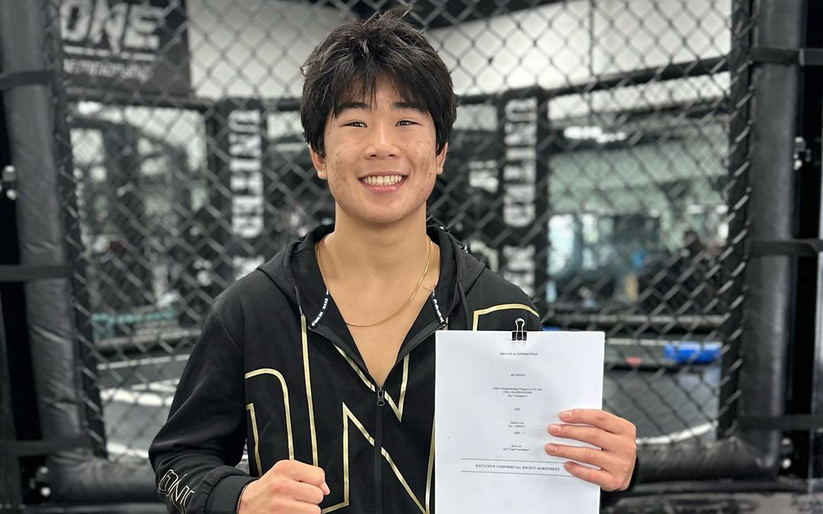He’s personable. He’s successful. He’s no less a figure than the current UFC Featherweight Champion. So why does Alexander Volkanovski get so little recognition? Why has his upset win over the dominant Max Holloway at UFC 246 somehow gone under the radar for so many fans? This is especially noticeable given the fact that Volkanovski previously defeated two other legends of the division in turn. So why the relative lack of attention?Here’s a closer look at how Alexander Volkanovski got to this point.
“Money”
Chad Mendes was once the greatest UFC featherweight to never hold the belt, starting with his incredible wrestling and explosiveness and adding slick, sophisticated striking. That Mendes no longer existed, however. When head coach Duane “Bang” Ludwig parted ways with Team Alpha Male, Mendes’s striking improvements seemed to vanish into thin air. Rather than the sophisticated striker he had become, Mendes seemed to resort to headhunting with his trademark sheer power.
It seemed like Volkanovski and City Kickboxing had Mendes’s number from the start. Making good use of both Volkanovski’s stiff jab to keep Mendes back, they set about wearing Mendes out. Traditionally the high guard is particularly vulnerable to body shots but Mendes’s headhunting meant that his heavy blows clattered off of Volkanovski’s gloves, forearms and shoulders. In addition, he used a bag of feints to force Mendes to expend more energy reacting to hits that never came. Instead of worrying about defending the takedowns and splitting Volkanovski’s attention during striking exchanges – the cornerstone of Mendes’s style – they conceded the takedowns and focused on getting back up after being taken down.
However, after a successful first round this strategy nearly backfired in the second. Mendes showed one last glimpse of his old genius and drove a right hand through the middle of Volkanovski’s guard. When Volkanovski retreated, his defences crumbling, a flurrying Mendes connected with a vicious left hook that dropped the Australian. But Mendes’s explosions had drained just enough energy that he couldn’t seal the deal and he was visibly sucking breath. Volkanovski had to resort to biting down on his mouthguard and backing Mendes off with power shots. But Mendes no longer had the energy to stage a strong offensive and Volkanovski caught him against the cage and melted him.
Why didn’t this win get much attention?
Volkanovski was particularly badly affected by Mendes retiring afterwards. Despite Mendes still being decently high level, the fact that this was his retirement fight made Volkanovski look like someone who had struggled with an old man. Volkanovski’s strategy had actually worked – Mendes gassed himself out, wasting energy. But it was a close run thing and had Volkanovski been caught by Mendes earlier he could have tasted defeat. MMA fans will tend not to notice signs of decline while fighters are still streaking. Conversely, they will rarely give credit to fading stars who show greatness in defeat – or to those who beat them.
“Junior”
Jose Aldo hardly needs much of an introduction beyond “the greatest featherweight ever.” However, despite picking up some successes amid the ashes of his title reign, Aldo was a man fighting on borrowed time. His offence had long been weakened by the injuries which prevented him from using leg kicks as freely as he did in his prime. His common gameplan during his title reign, of winning decisions with fantastic defensive striking and anti-wrestling, was undermined by his rapidly declining gas tank. The result was that Aldo had spent his previous two fights fighting, from a strategic perspective more like he did in his WEC days with furious offense but with more limited tactical breadth.
But we didn’t see much of that offense against Volkanovski, with a fairly low paced fight that saw Volkanovski slowly chipping away at Aldo’s legs while fighting on the outside before transitioning to a extremely cage wrestling heavy strategy later on in the fight. Max Holloway had found success deterring and wearing down Aldo with feints and Volkanovski went to them as well. After 15 slow minutes, Volkanovski clinched a unanimous decision.
Why didn’t this win get attention?
Firstly, slow performances, no matter over who, do not raise your public profile. But more than that; while any win over Aldo is massively impressive, it’s hard to come away from that fight thinking mainly of Aldo’s decline rather than Volkanovski’s talents. Aldo never acquired any urgency. It hardly resembled the Aldo of the Moicano fight prior or the Moraes fight to come. That being said, it’s also hard to say that Volkanovski didn’t have anything to do with how slow Aldo was. He used leg kicks, wrestling and feints to make sure that Aldo never got comfortable enough to get going. He also made sure not to put Aldo in enough danger to force him to pull the trigger.
But if the previous two wins could be disputed as big names with bigger asterisks, Volk’s next challenge was a man at the height of his powers.
“Blessed”
There’s perhaps no figure in the current sphere of MMA with more appeal than Max “Blessed” Holloway. To the common fans he has an endearing, self-deprecating personality and an entertaining style. To the analysts his scientific striking is a joy to watch. The secret to this widespread popularity lies with Holloway’s mastery of attrition.
Holloway’s style is built to exploit his iron chin and seemingly bottomless cardio, while downplaying his lack of power. Holloway wears his opponents down with his endless pace, often throwing in feints and working the body effectively in order to ensure that any exchange would leave his opponent at a cardio deficit. He did not so much penetrate Castle Aldo as lay siege to it to starve it out. The crafty grappler Brian Ortega found himself drowning in a sea of relentless pressure, absorbing 300 strikes. Like a snowball rolling down a hill, the longer the fight goes on the more effective Holloway becomes, as his opponent inevitably gasses out.
Combined with his shifting, in-out footwork and solid anti-wrestling, Holloway is nigh impossible to finish. It’s even harder to prevent him from imposing his preferred fight on you. The only fighter to defeat Blessed in his previous 15 bouts was Dustin Poirier. The Louisianan philanthrophist claimed an early advantage, using his unorthodox guard to navigate Holloway’s barrages and before unloading his own. But Poirier was a natural lightweight and had a significant power advantage on top of that. Volkanovski would have a notable size disadvantage and would be fighting Holloway at a weight the latter had not lost at for five years.
To beat him Volkanovski would need one of the most oddly effective techniques in any MMA fighter’s arsenal.
Swing Low Low Sweet Calf Kick
The calf kick – sometimes called the “low low kick”, is as effective as it is ugly. Traditionally leg kicks are avoided by one of four ways. The first is to raise the leg to check the kick on the shin. The second is to retract the leg out of danger. The third is to brace the leg to reduce damage. Finally, the fourth is to throw punches at the enemy’s head during the kick to come out on top in an exchange. Instead of using his inside low kick, for Holloway, Volkanovski relied almost entirely on the calf kick.
For the calf kick, if Holloway had raised his leg the kick would have come crashing into his ankle, rather than his shin. If he retracted his leg then he would be forced back. If he braced his leg he would only partially reduce the damage. This left eating the kick and responding by blasting forward with punches. The problem was that Holloway’s lack of power meant that Volkanovski could open himself up to exchanges without fear. He backed Holloway off with blistering punches, before immediately returning to hacking away at the legs.
The result? Against one of the greatest attrition fighters on the roster, Volkanovski fought a battle of attrition, and won. By the middle of the second round Holloway’s leg looked like a bag of frozen peas. Robbed of his footwork, he was unable to close the distance effectively and impose his pace. Where he would usually be at his best in the later rounds, even in the fourth Holloway was still struggling to get his game rolling. It was only in the fifth round where he finally started overtaking Volkanovski with a final blast of extreme activity.
Why didn’t this win get attention?
Well, it did, but what it didn’t get Volkanovski from the wider MMA fanbase was respect. The odd closeness of the cards played a part Holloway being given both final two rounds instead of Volk being given the fourth. Holloway himself seemed to consider the fight to have been a toss-up on the cards and downplayed his defeat. The reliance of Volkanovski upon leg kicks, especially the calf kick, meant that some accused him of point-fighting. But more than anything, Holloway was simply so popular for the wider audience that any single figure replacing him would have been a tough pill to swallow.
So why is no one talking about Volkanovski?
Moving on from these fights individually, we arrive at the central reason why Volkanovski is having trouble gaining popular momentum. Rather than having a boring style, Volkanovski has no style. There are elements that appear in each encounter, like his feints and a preference for attacking the legs, but in each he emphasised one aspect – a high guard, cage wrestling, the calf kick – to such a high degree that he is unrecognisable from fight to fight. Unlike every popular fighter, such as McGregor Nurmagomedov, or Adesanya, it is impossible to determine how he will fight next. Without this it’s much harder for Volkanovski to build his identity.
But that is the source of his success. In the entire UFC, there are none so disciplined at suppressing their own ego. When in the cage Volkanovski is a 5’6” golem with his gameplan as his shem. He doesn’t have a base fighting style that he adapts; instead, he and his team almost completely overhaul his tactical approach and they are only becoming more adept. He doesn’t break away from imposing this gameplan unless it becomes critical – like when Mendes broke through his defences. The only commonality between the fights is playing the long game – gassing out Mendes, attacking Holloway’s legs and doing both to Aldo.
Of all who’ve sat upon the 145 pound throne, there have been none but the very best. The best volume striker we’ve yet seen. The best counter striker we’ve yet seen. The best defensive striker we’ve yet seen.
We’ll have to keep watching to see if Volkanovski can keep the insane streak he’s currently on going. But his greatest strength might just be that, for just 25 minutes, he can be the best we’ve yet seen – at becoming the other man’s worst nightmare.
Featured image:
Embed from Getty Images



